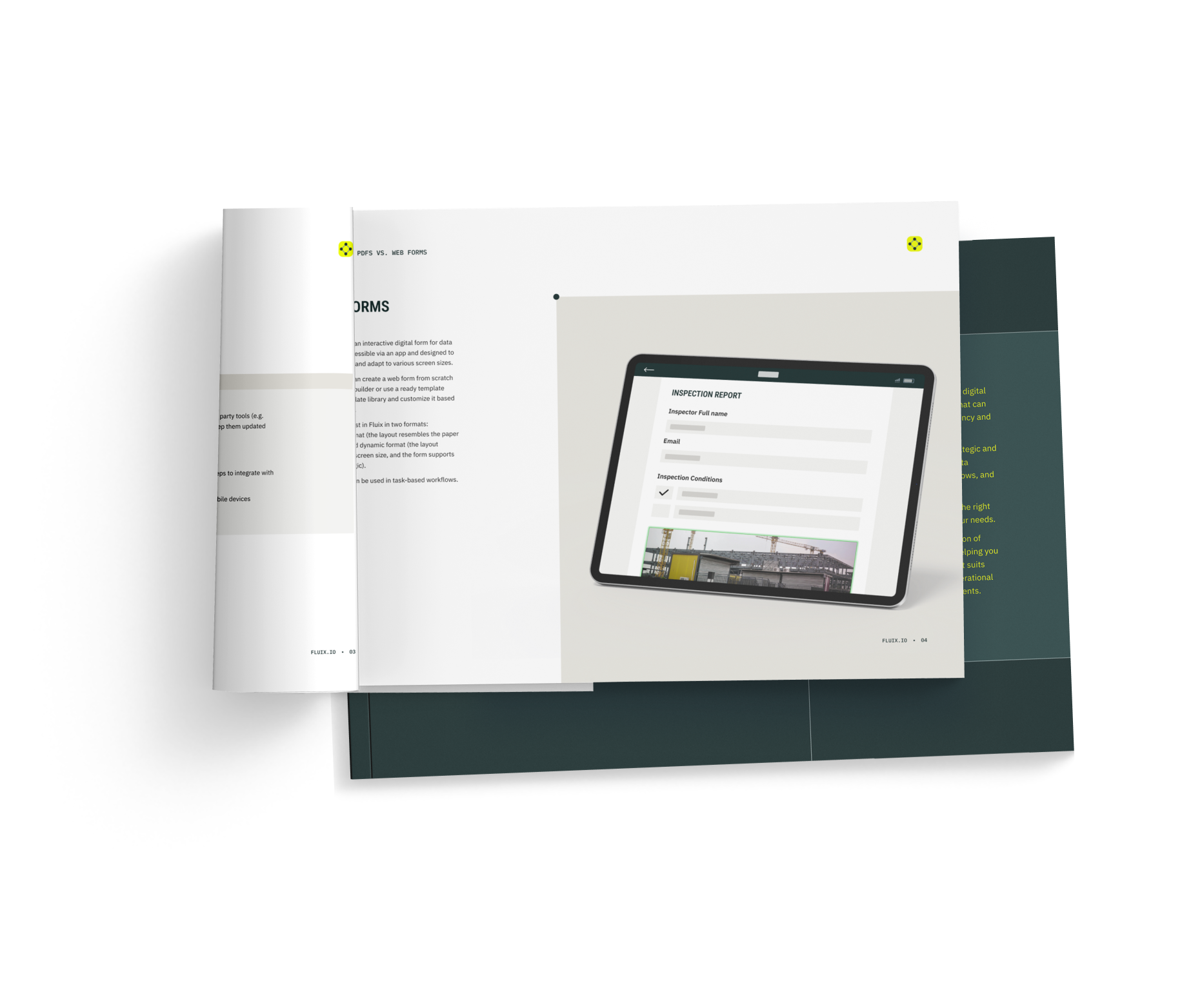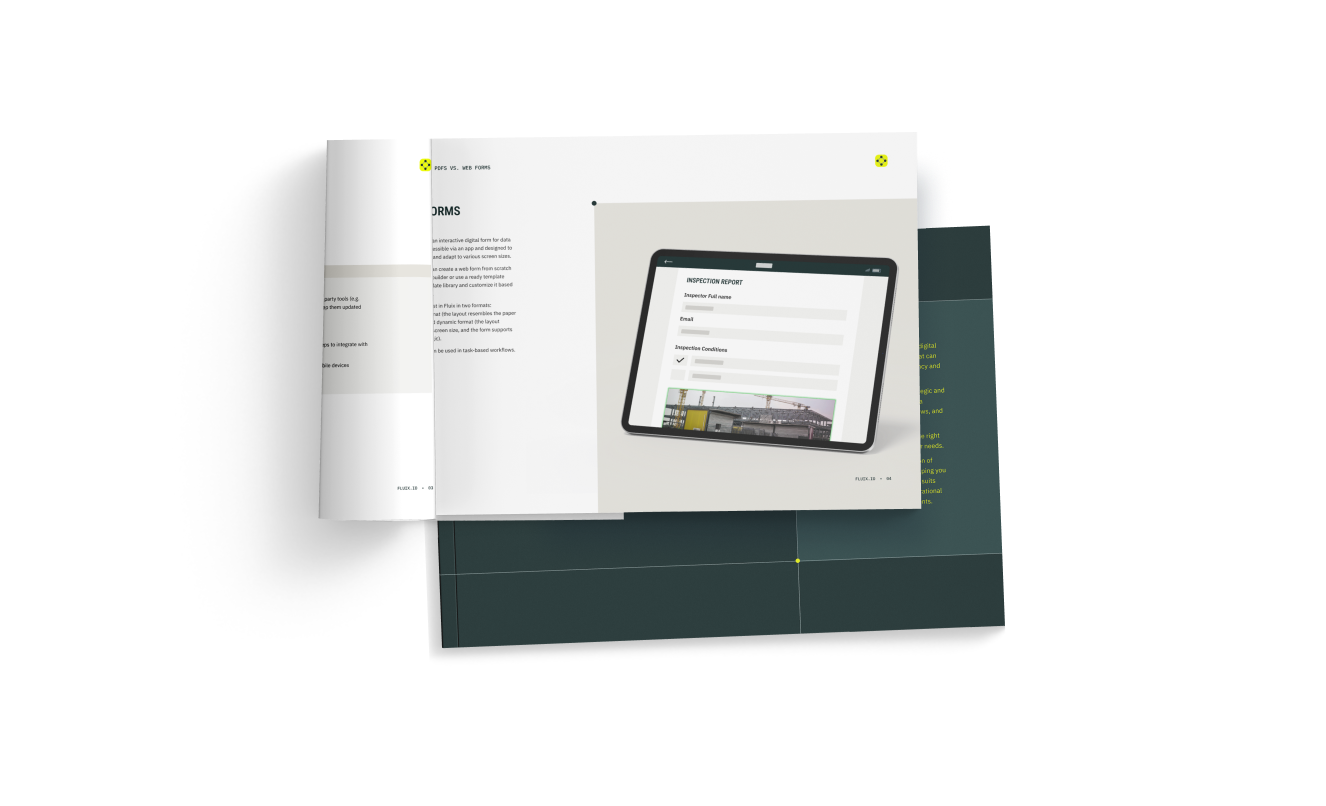PDFs and mobile forms are two great tools for collecting data. PDFs offer the advantage of being professionally-looking documents, and the ability to contain massive attachments such as policies and agreements. They also allow for standardized documents across a company, which can be used in legally binding scenarios. In addition, PDFs feature rich components such as JavaScript, allowing for dynamic components to be created. Mobile forms offer the benefit of being able to be filled out on the go, and can be easily adopted by field workers.
Despite these advantages, there are several drawbacks to using PDFs and mobile forms. It often requires dedicated time from tech-savvy people or personal training to start creating documents, and specific knowledge and licenses of 3rd party tools such as Adobe Acrobat to create PDF forms. These can also be difficult to make dynamic and feature-rich, and may be in a non-editable format, such as a scan.
Overall, PDFs and mobile forms offer great advantages for collecting data, but also come with their own set of challenges. Understanding the pros and cons of using each can help determine which is the best option for any given situation.
Get Full Control of Your Forms & Workflows
Give us 30 minutes to show how Fluix can help your business grow

